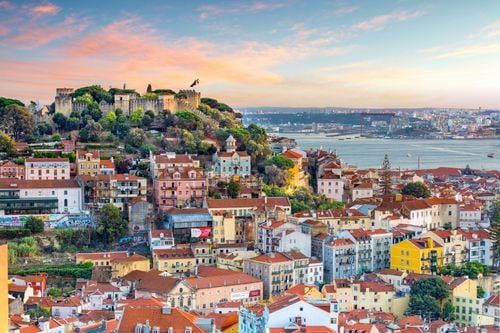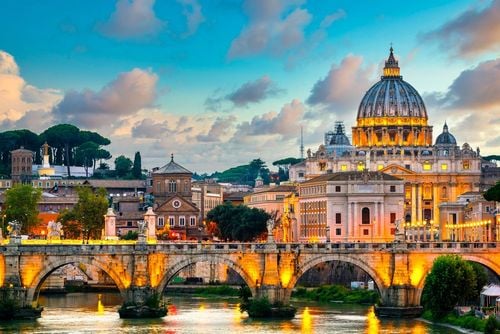Brittany: a land of legends
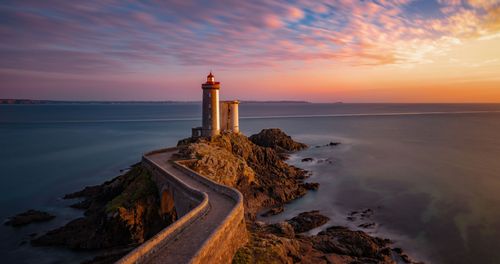
The Pointe de Toulinguet
- © Aastels / Shutterstock
Brittany: a land of legends
Proudly set on the west coast, Brittany opens up to the sea and cherishes its land. Generous and full of character, the region has been shaped by nature and man. Today, it has a dense landscape, both maritime and terrestrial, with dunes, beaches, cliffs, moors, peat bogs and forests. In total, Brittany covers 27,209 km², which represents 5% of the national territory.
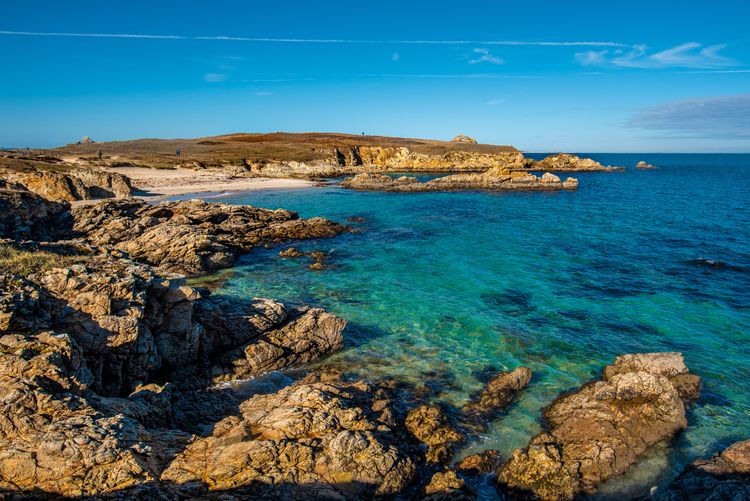
Brittany's beaches.
- © Sasha64f / ShutterstockWith 126 stations, 5 airports, an exceptional natural heritage and an authentic cultural vitality, Brittany is a highly attractive region. No wonder it attracts more and more travellers every year! Major French and foreign groups have set up operations in Brittany, which ranks 7th among French regions for the wealth created by its economic activity.
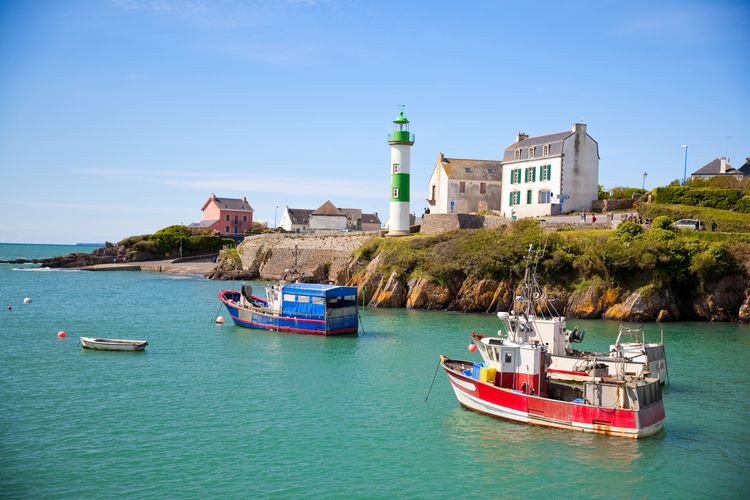
Port and small French village of Doëlan.
- © Labellepatine / ShutterstockThe Breton coastline is a succession of landscapes where land and sea unite to create a lace of wild coastlines. Among the must-see coasts are the Emerald Coast, the Pink Granite Coast, the Amur Coast and the Wild Coast. There are many reasons to discover Brittany. Its beaches, fishing villages and islands offer a rich heritage that can be found in all four of its departments.
With less coastline and more countryside than other regions of Brittany, Ille-et-Vilaine is an easily accessible and popular department around Rennes in eastern Brittany and along the coast to the west known as the Emerald Coast.
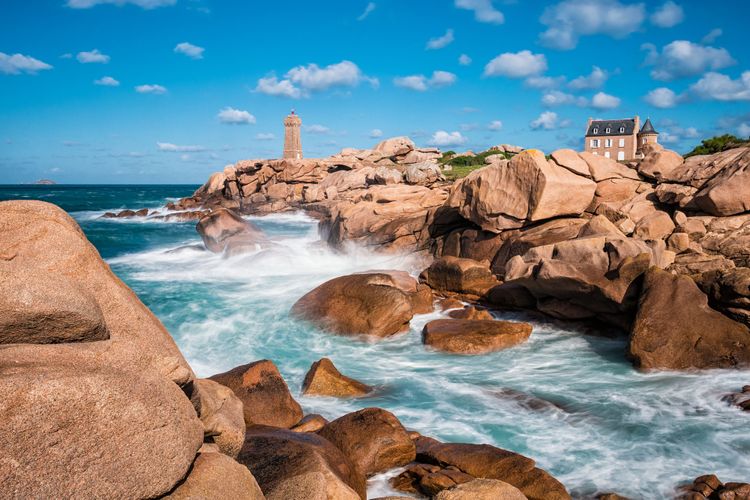
The Atlantic coast of the Atlantic Ocean in Brittany near Ploumanach.
- © ricok / ShutterstockIn addition to the beaches and coastal attractions, the town of Dol-de-Bretagne lies just a few kilometres inland, perfect for visiting Rennes and the medieval town of Vitré... The pretty town of Fougeres and its famous castle are 20 km north of Vitré, while Saint-Suliac, listed as one the most beautiful villages in France, is in the north-east of the Ile-et-Vilaine.
Other places of interest include Combourg and its castle near the impressive port city of Saint-Malo, while to the east are Cancale and Dinard.
The Côtes d'Armor is located on the northern coast of Brittany. The area is known for its picturesque spots along the coast, such as the famous pink granite coast around Perros-Guirec, but also Cap-Fréhel and Cap Erquy (a picturesque natural high point), not forgetting Trégastel. Still along the coast, you can stroll to the port of Dinan, Paimpol or the riverside port town of Pontrieux.
Inland, the towns of Plancoët, Saint-Brieuc and Moncontour are pleasant and peaceful.
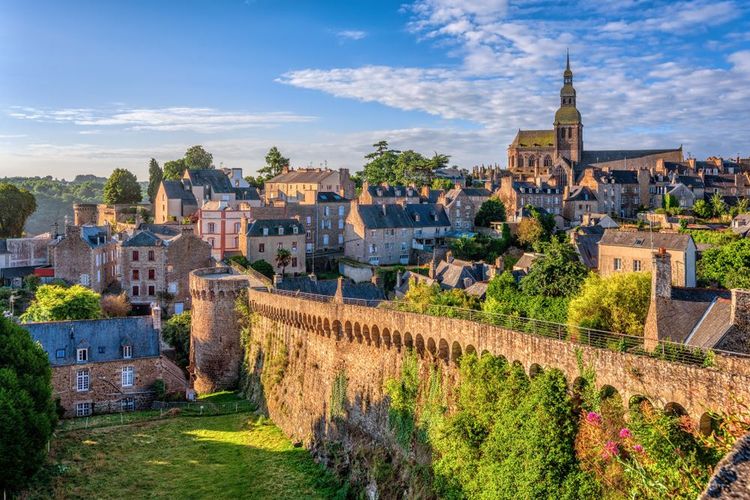
The old centre of Dinan.
- © Boris Stroujko / ShutterstockFinistère is the most isolated part of Brittany. The coastline is quite rugged and exposed. The region includes the Armorique Regional Park and the large port city of Brest.
In the north of Finistere, you should visit Morlaix, close to Saint-Pol-de-Léon, as well as the lively town of Landerneau, while further west, you can see one of the "most beautiful villages in France" at Le Faou and also the village of Le Conquet. To the south-west, the highlights of the Crozon peninsula include the scenery, Camaret and another "most beautiful village": Locronan (a must-see). You can then head to Plouezoch to see the Château de Taureau and the Cairn de Barnenez, and then to the south of Finistère is the great historic town of Quimper.

An old fisherman's house.
- © limou charlie / ShutterstockIn south-west Brittany, most visits to Morbihan are based around the Gulf of Morbihan and its many prehistoric sites and monuments. The epicentre of historic monuments is Carnac, and Locmariaquer, where numerous megaliths can be seen.
Other highlights of the region include the attractive fishing port of Lorient, the town of Pontivy, the medieval centre of Vannes and the river port town of Rochefort-en-Terre.
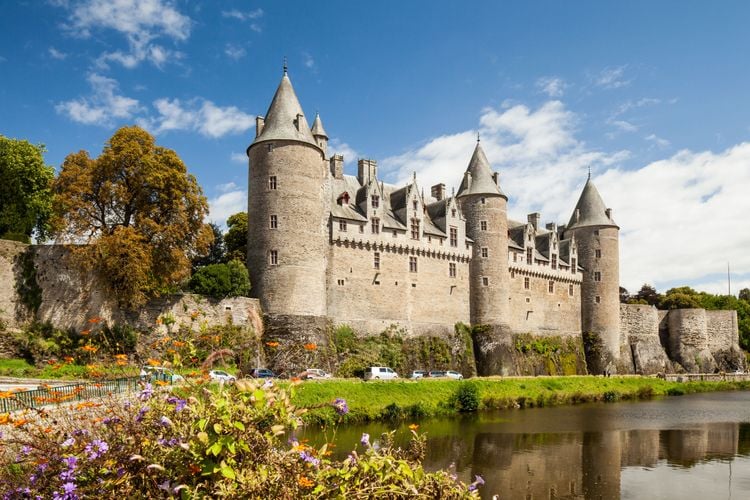
Exterior view of the medieval castle of Josselin in the Morbihan département of Brittany.
- © Oscity / Shutterstock
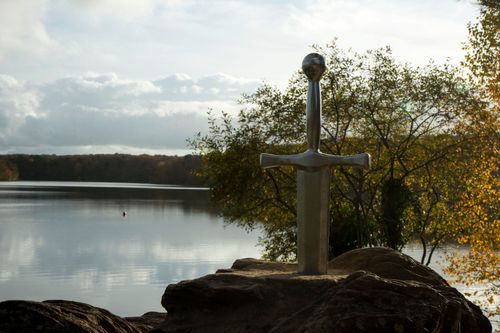
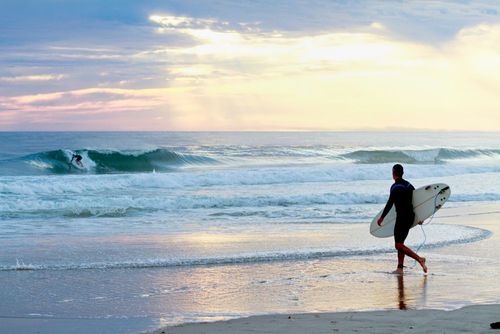
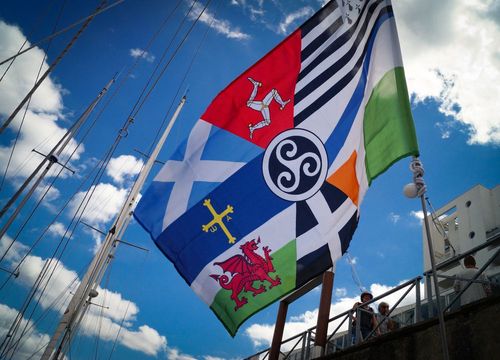
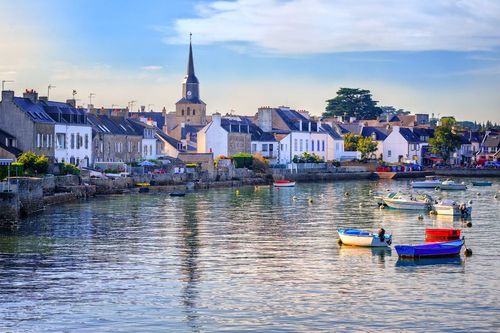
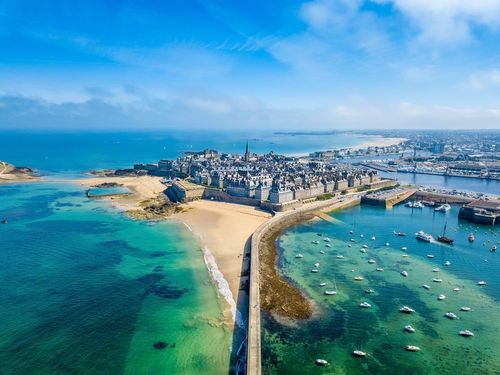
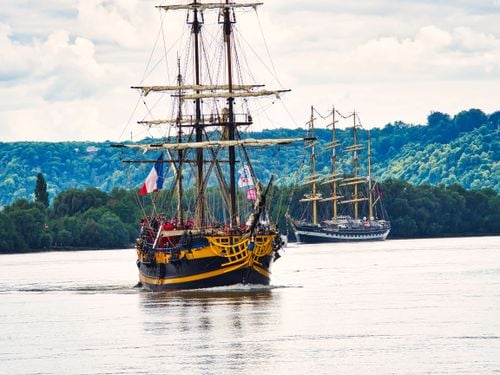
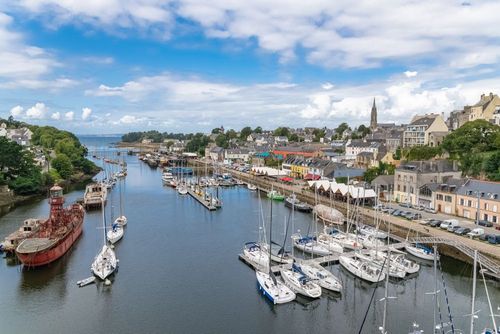


 1
1
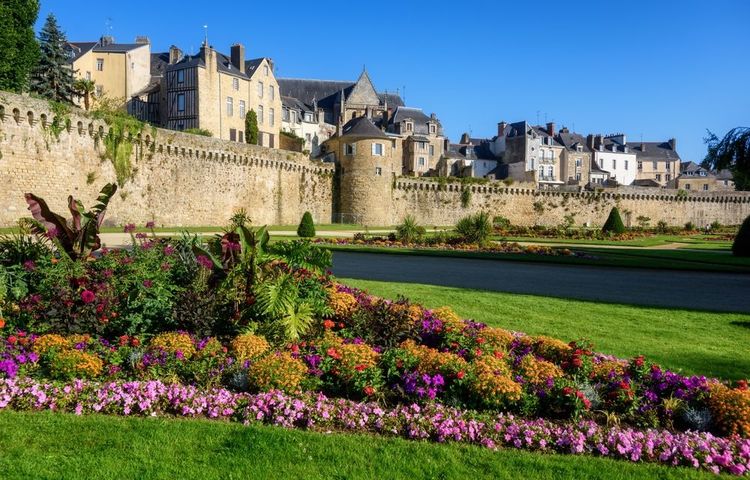 2
2
 3
3
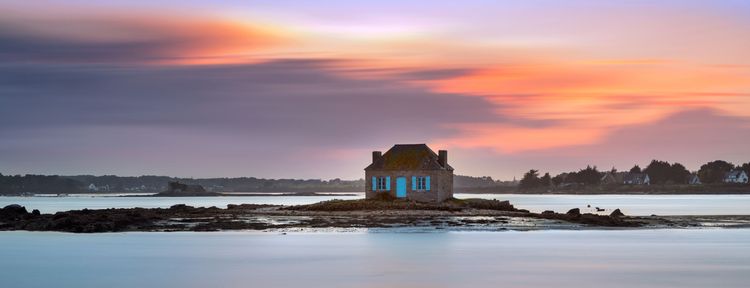 4
4
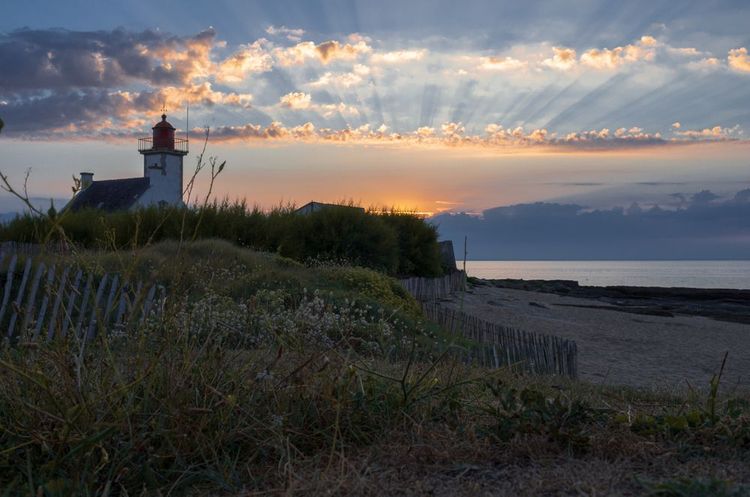 5
5
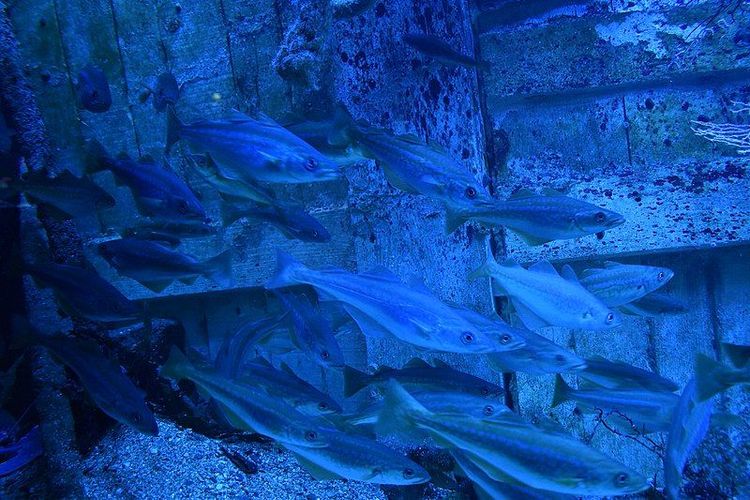 6
6
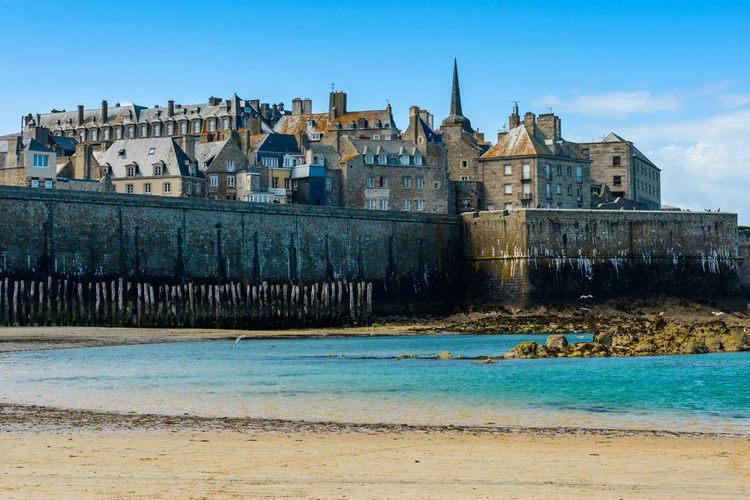 7
7
 8
8
 9
9
 10
10
Getting to Brittany is accessible from the UK by boat, plane or train. The region has 6 airports with scheduled and low-cost services offering good assistance. Here's where you can check the best flight tickets!
The options for accommodation in Brittany are endless: by the sea, with a swimming pool, bed and breakfast, youth hostel, or 4- or 5-star hotel. Travellers wishing to stay in Gîtes de France will be spoilt for choice by the quality of the accommodation on the coast, inland, in large towns or picturesque villages.

To enjoy a stay in Brittany, you will need a valid passport.
The currency used is the euro. All establishments (shops, hotels, restaurants, etc.) accept bank cards.
It's perfectly easy to get around Brittany by car. Regarding its public transport network. Since September 2017, the Regional Council of Brittany has set up a practical system to offer an efficient and attractive network for all modes of travel: train, coach, bike, links to the islands. This project is called the "BreizhGo" network. It consists of a single rechargeable card for all forms of transport. The card can also be used in certain car parks.
The region's climate is oceanic on the coast, neither hot nor cold. The months of March to June offer fine days for visiting the region, as does early autumn around October. The weather is good for all water sports and hiking. The months of June and September also offer pleasant days out, although the peak numbers are high.
For a trip to Brittany, it is essential to take waterproof clothing, good shoes for walking, an umbrella, and a rucksack!
Brittany is a very safe region, where the risks of theft or assault is minimal. The danger is much greater because of the sea. Be careful and only swim on supervised beaches. Beware of swimming in wild coves, which often have currents and undertows.
The tides can also play tricks in the bays. Find out about tide times from local people or beach safety officers. Be careful when walking near coastal paths and cliffs.
We strongly advise you to go to Lorient during the Interceltic Festival, which takes place in August. It's an event that plunges you straight into the festive atmosphere of Brittany.
explore Try out our comparators
It is Easy to travel

